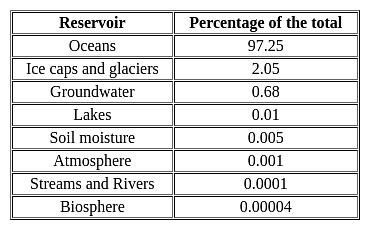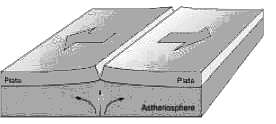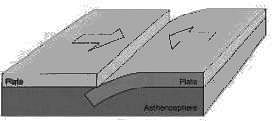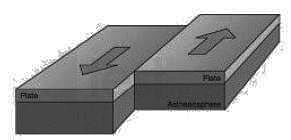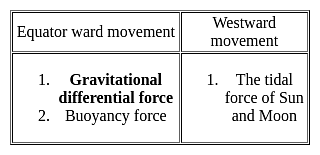TS SET Paper 2 Mock Test - 8 (Geography) - TS TET MCQ
30 Questions MCQ Test TS SET Mock Test Series 2024 - TS SET Paper 2 Mock Test - 8 (Geography)
Which of the following satellites are able to observe the whole earth including pole?
Which one of the following is the narrow belt parallel to the Shiwalik foothills where streams and rivers coming from the mountains deposit heavy materials of rocks and boulders?
| 1 Crore+ students have signed up on EduRev. Have you? Download the App |
With reference to the water on the planet Earth, consider the following statements :
1. The amount of water in the rivers and lakes is more than the amount of groundwater.
2. The amount of water in polar ice caps and glaciers is more than the amount of groundwater.
Which of the statements given above is/are correct ?
Consider the following statements regarding plate tectonics
1. Mid Ocean ridges and Rift Valley are characteristics of divergent plate boundaries
2. Convergent plate boundaries are constructive in nature.
3. San Andreas Fault is an example of Transform Plate boundary.
4. Zone of Subduction is associated with Divergent Plates.
Which of the is/are correct
Consider the following statements and choose the correct answer from the options given below.
Statement I: Integration of the national economy with the world economy encourages the free flow of goods and services.
Statement II: Liberalisation aims to unlock the economic potential of the country by encouraging the private sector and multinational corporations to invest and expand
Bundestag' and 'Bundesrat are the two Houses of Legislature in
Match List I and List II:
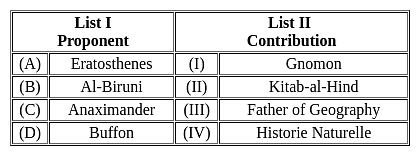
Choose the correct answer from the options given below:
Which of the following statements are correct about the continental drift theory?
1. Wegner aims to explain the relation between past climatic change and the displacement of the continents
2. The supercontinent Pangea breakdown into Laurasia and Gondwanaland.
3. Differential gravitational forces are responsible for the displacement
Which of the following statements(s) concerning natural regions of the world is/are correct?
1) Equatorial climatic regions have less urbanization
2) Mediterranean climatic regions have a high level of urbanization
3) Equatorial climatic regions have a high concentration of human population
4) Mediterranean climatic regions practice plantation farming
Select the correct answer using the code given below:
Parts of earth which are directly expose to moon have pull which is
|
60 tests
|



